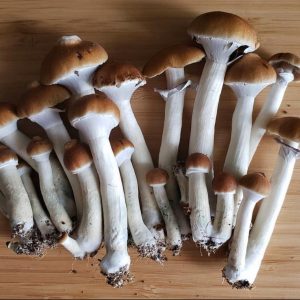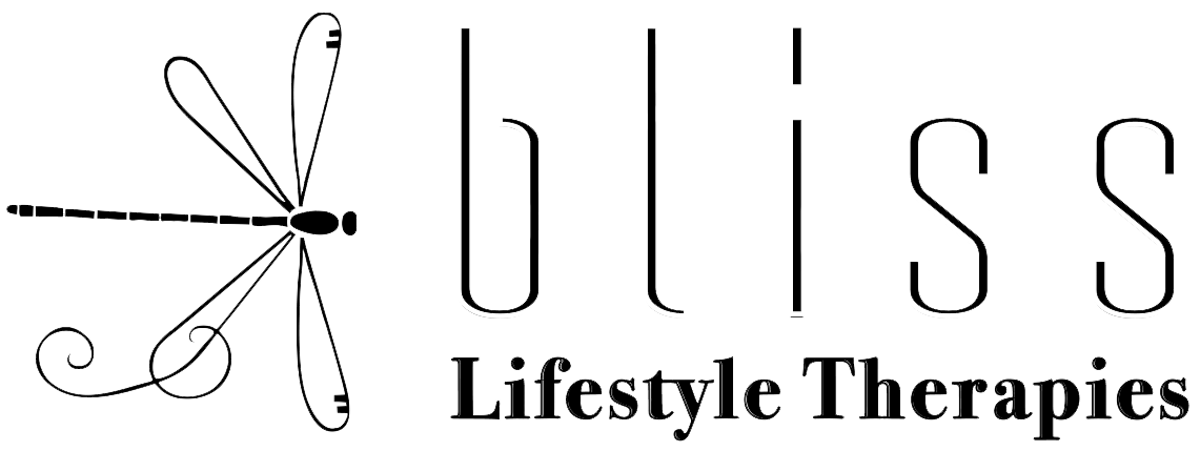
Mushrooms seem all the rage lately. More and more research is emerging about the health benefits of various mushrooms, like reishi, lion’s mane, shiitake, and even mushrooms containing psilocybin or “magic” mushrooms (p. mushrooms). P. mushrooms have been used for health and spiritual purposes by indigenous cultures for centuries.(1)
As health professionals we have to deal with whatever someone is doing and where their health is when they come in, without judgement. Seeing an increase in the use of mushrooms, both for health and for spiritual purposes, I thought it a good idea to share some health and safety information.
First, addressing the use of ‘magic’ mushrooms. Research is suggesting that psilocybin is non-addictive and, in some cases, it may actually be anti-addictive, or help individuals with addiction to get off an addictive drug. (2) You’ll be hard pressed to find any reports of psilocybin related deaths, unless someone wrongly identifies a poisonous mushroom as a p. mushroom. So as long as properly identified, preliminary research suggests them to be relatively safe as “drugs” go. Some of the latest research holds promise for the treatment of depression, anxiety, PTSD and a few other things. (3, 4)
However, although it’s recently been decriminalized in certain areas, psilocybin is still not legal in the U.S.*(see note below)
The reality for authorities and healthcare providers is that fungus happens. Mushrooms can grow anywhere that the climate is right for them, so its pretty impossible to control the use of p. mushrooms, but because of their current illicit nature, there is also little information provided for health and safety.
Here are a few important safety notes you should know:
Psilocybin works by acting on the serotonin-2 receptors in the brain. (5) People are often familiar with serotonin as having something to do with mood and anti-depressants. This initially sounds like a great thing, and for many people it may be, but it is important to note that some individuals may be genetically sensitive or susceptible to overactivity at the serotonin-2 receptor site, which is associated with schizophrenia. If that turned out to be the case for you, p. mushrooms may not be a good option. A serotonin antagonist could be a better choice. (6)
As a healthcare professional, my most important concern is a person’s health.
With that in mind, there are a few observations to help:
-
- No pill or plant alone can compensate for a bad diet, nutrient deficiencies, lack of stress relief, and lack of exercise.
- Lifestyle Therapy is still the number one best treatment for depression, lifestyle related diseases, and a host of other ailments. (see research articles)
- Nutrition experts can help you with specific nutrients that can help with brain function and healing, to improve mood, mental clarity, etc.
- Once your health is under control, if you need a little something extra, and choose to go p. mushroom… make sure you identify your fungi carefully. The fungi need to be harvested early while the cap is still closed, from a place that does not have a lot of pollution that can be absorbed by the fungi.
- Start small. You may only need a tiny amount to get the effect you need. While p. mushrooms are not known to be deadly, even too much of a regular vitamin or mineral has a toxicity level that can have unpleasant effects.
Based on nutritional effects on brain function and neurotransmitter activity, certain nutrients can either support, or detract from, the positive effects you are seeking from mushrooms. A qualified nutrition expert can help you.
*NOTE: The purpose of this article is strictly to promote safety and awareness.
References
1. Pearson, C., Siegel, J., & Gold, J. A. (2021). Psilocybin-assisted psychotherapy for depression: Emerging research on a psychedelic compound with a rich history. Journal of the Neurological Sciences, 120096.
2. Principe, A. (2022). Neuropharmacological analysis of the anti-addictive and therapeutic effects of psilocybin. SURG Journal, 14(1).
3. Goldberg, S. B., Pace, B. T., Nicholas, C. R., Raison, C. L., & Hutson, P. R. (2020). The experimental effects of psilocybin on symptoms of anxiety and depression: A meta-analysis. Psychiatry research, 284, 112749.
4. Khan, A. J., Bradley, E., O’Donovan, A., & Woolley, J. (2022). Psilocybin for Trauma-Related Disorders. In Disruptive Psychopharmacology (pp. 319-332). Cham: Springer International Publishing.
5. Kometer, M., Schmidt, A., Jäncke, L., & Vollenweider, F. X. (2013). Activation of serotonin 2A receptors underlies the psilocybin-induced effects on α oscillations, N170 visual-evoked potentials, and visual hallucinations. Journal of Neuroscience, 33(25), 10544-10551.
6. Vollenweider, F. X., Vollenweider-Scherpenhuyzen, M. F., Bäbler, A., Vogel, H., & Hell, D. (1998). Psilocybin induces schizophrenia-like psychosis in humans via a serotonin-2 agonist action. Neuroreport, 9(17), 3897-3902.
